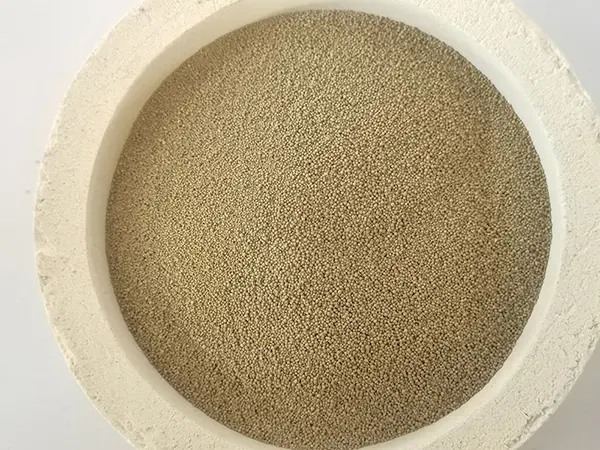The Importance of Sanding in 3D Printing
3D printing has revolutionized the way we create and design objects, making it accessible for professionals and hobbyists alike. However, one crucial step that often gets overlooked is the sanding process. Sanding can greatly enhance the quality and finish of 3D printed items, improving their aesthetic appeal and functionality. In this article, we will explore the significance of sanding in 3D printing and provide insights into how to effectively incorporate it into your post-processing routine.
The Importance of Sanding in 3D Printing
Sanding serves multiple purposes beyond just improving aesthetics. It can enhance the fit and function of parts, particularly in mechanical assemblies where precision is critical. By carefully sanding the surfaces, you can ensure that pieces fit together seamlessly, reducing friction and wear. Additionally, sanding prepares the surface for painting or other finishing techniques, allowing for better adhesion and a more uniform appearance.
sanding 3d print

The sanding process typically begins with coarser grit sandpaper (e.g., 100-200 grit) to remove the most significant imperfections. As you achieve a smoother surface, gradually switch to finer grits (up to 1000 grit or higher) for a polished finish. It is important to sand in a consistent direction and apply even pressure to avoid creating uneven surfaces. For intricate designs or hard-to-reach areas, a sanding sponge or rotary tool can be beneficial.
Safety should always be a priority when sanding. Fine particles can become airborne, leading to respiratory issues. Wearing a mask and working in a well-ventilated space is essential. Furthermore, ensure that you are using proper eye protection to shield against dust and debris.
While sanding adds time to the post-processing stage, the benefits are undeniable. A well-sanded print can greatly enhance the perceived value of a product, making it more marketable. For hobbyists and creators, the satisfaction of holding a finely finished item is immensely rewarding. It's also worth noting that many 3D printing enthusiasts share their sanding techniques on forums and social media, creating a community of shared knowledge that can help you improve your sanding skills.
In conclusion, sanding is a vital aspect of the 3D printing process that should not be ignored. By investing the time and effort into sanding, you can significantly improve the visual appeal, functionality, and overall quality of your 3D printed objects. Embrace sanding as a necessary part of your workflow, and you will see your creations transform from simple prints into polished, professional-grade pieces.
Post time:መስከ . 12, 2024 10:47
Next:Ceramic Sand Price - Affordable Solutions for Your Construction Needs
